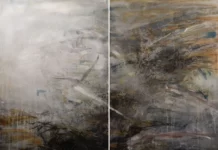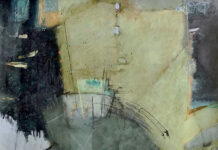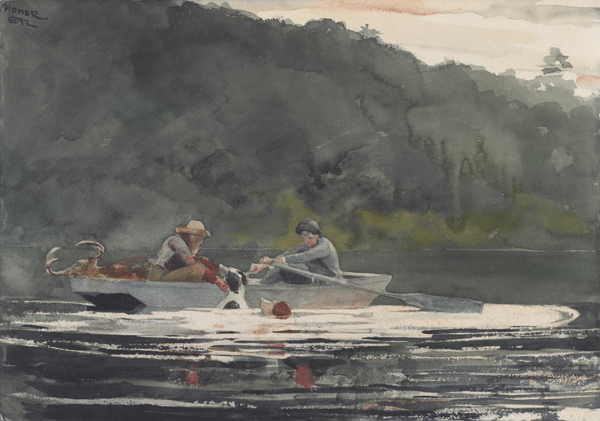
Through October 28, 2018, the Bowdoin College Museum of Art in Brunswick, Maine, will be exhibiting “Winslow Homer and the Camera: Photography and the Art of Painting,” the first exhibition to look at the role of photography in Homer’s artistic practice.
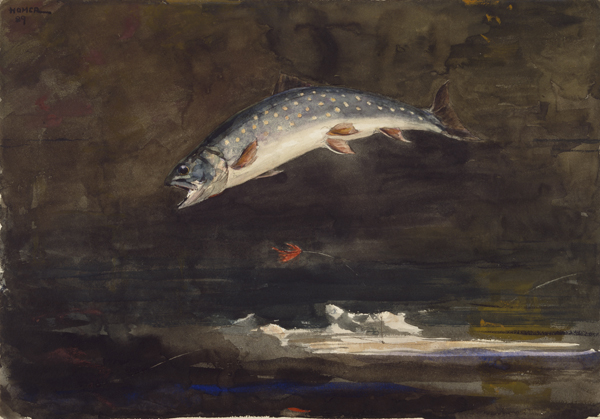
This first of its kind exhibition brings together more than 130 objects by the artist across all mediums, ranging from master paintings to oil studies, drawings, prints, and photographs created in the United States and during his travels to Europe and the Caribbean.
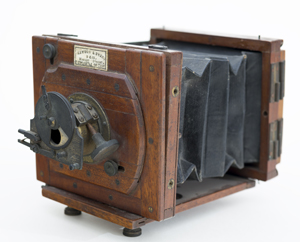
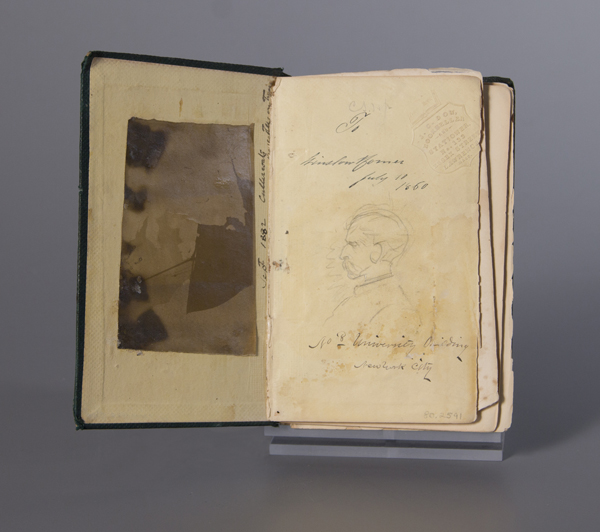
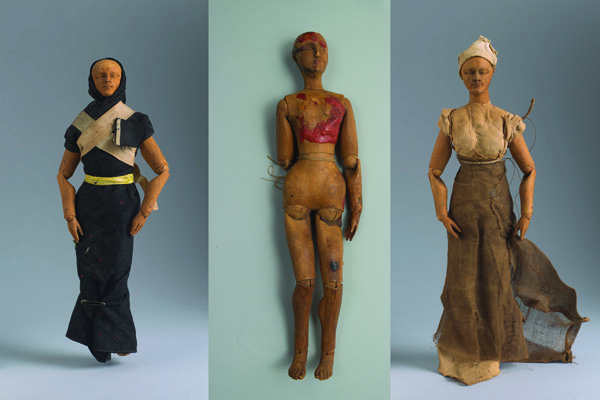
As one attuned to appearances and how to represent them, Homer understood that photography, as a new technology of sight, had much to reveal. This exhibition adds an important new dimension to our appreciation of this pioneering American painter, demonstrating his recognition that photography did not undermine, but instead complemented his larger artistic interests.
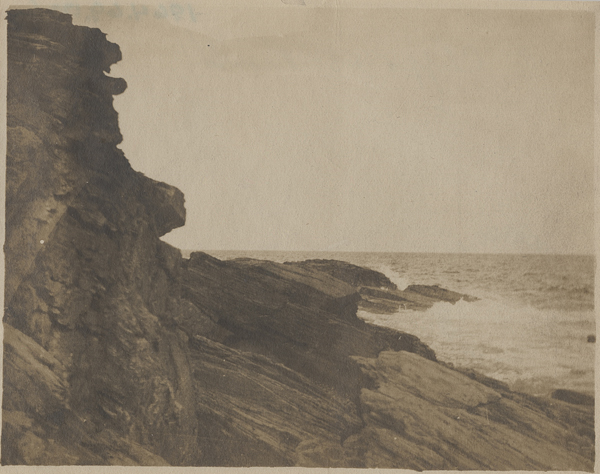
Featuring noteworthy archival objects, such as three wooden mannequins, his palette and watercolor brushes, his walking stick and fishing net, and two of the three cameras he owned in his lifetime,the exhibition presents a full picture of the artist’s working methods.
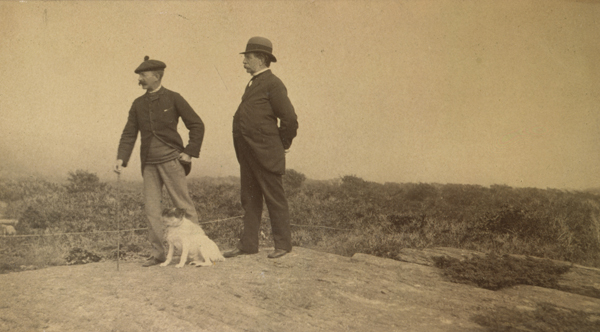
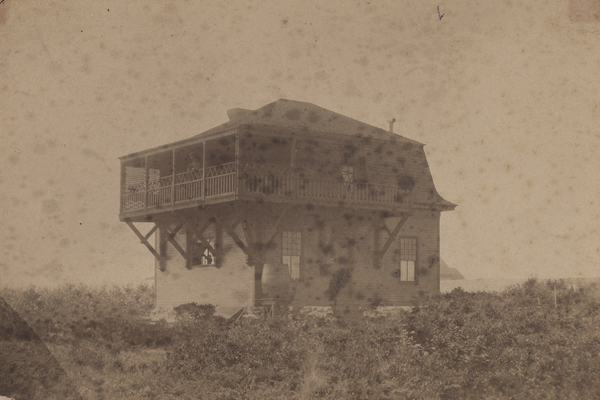
“Winslow Homer’s Studio,” ca. 1884, albumen silver print by an unidentified photographer. Bowdoin College Museum of Art, Brunswick, Maine.
Homer acquired his first cameras during a two-year sojourn abroad in England, a trip he took in his mid-forties seeking a new direction in his art. Upon his return in 1882, scholars noted a demonstrable change in his style of painting and choice of subjects. Taking this shift and the artist’s penchant for experimentation across mediums as a point of departure, “Winslow Homer and the Camera” questions how new visual technology impacted the artist’s production and engagement with subjects and unveils how photography became increasingly a part of Homer’s visual investigation and broader creative practice.
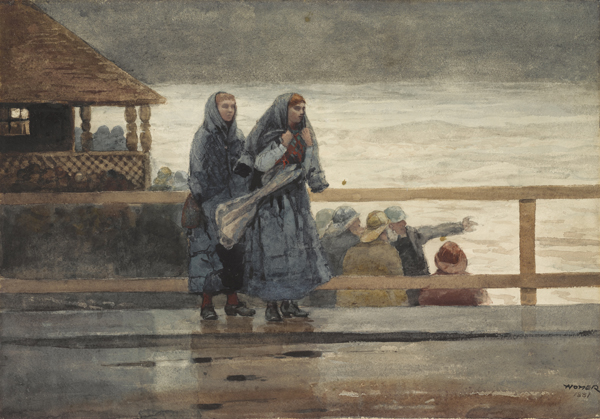
For more inspiring stories like this one, sign up for our free weekly e-newsletter.

